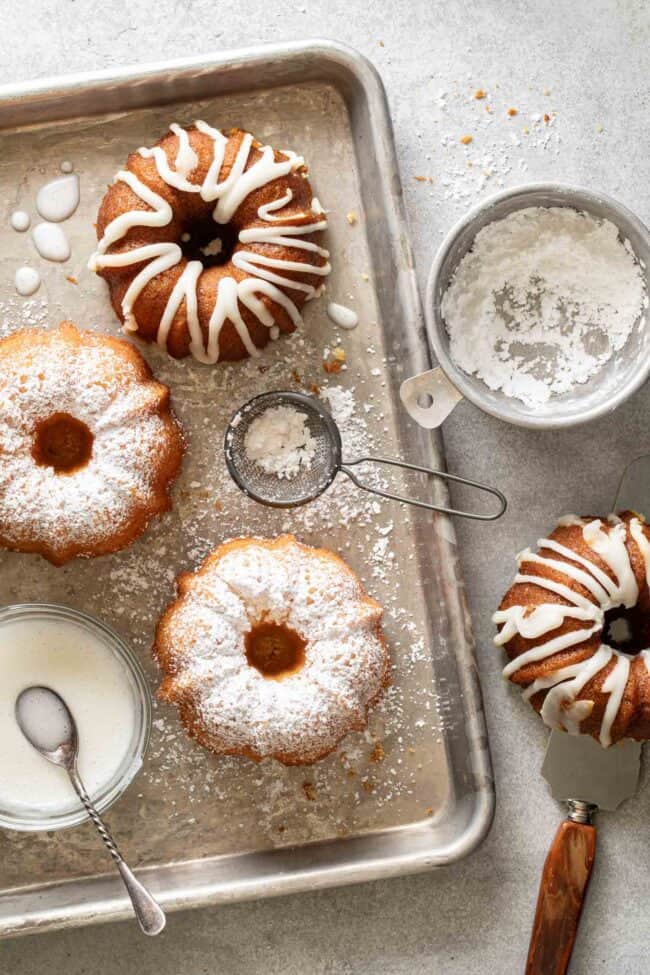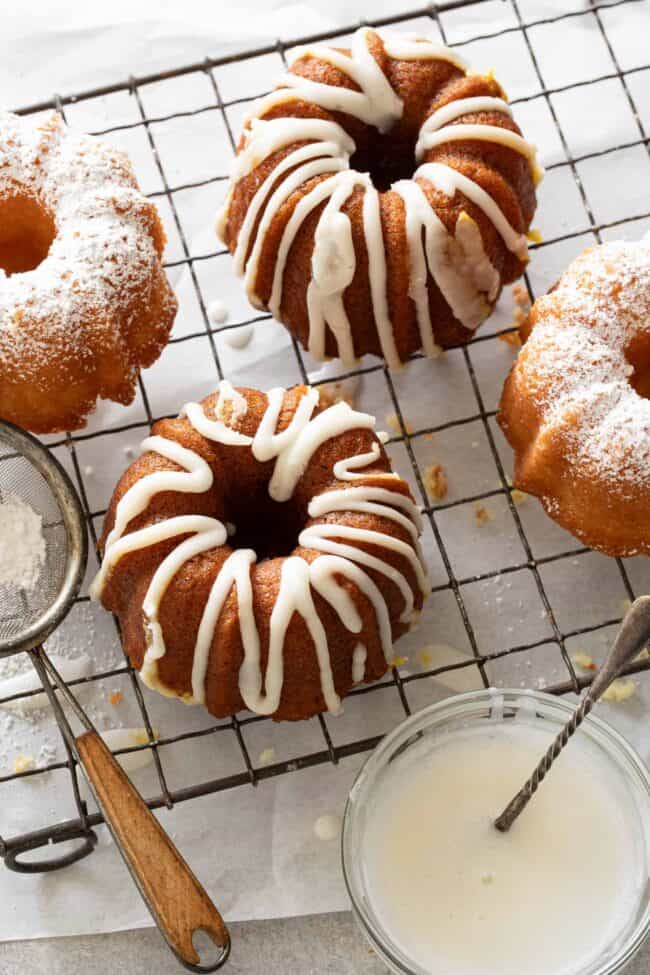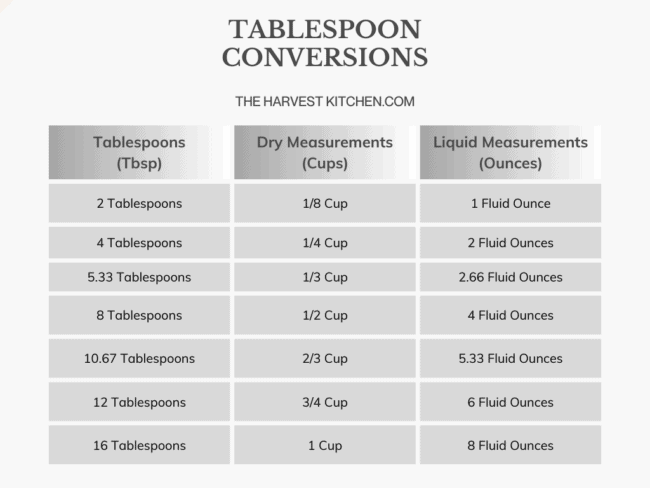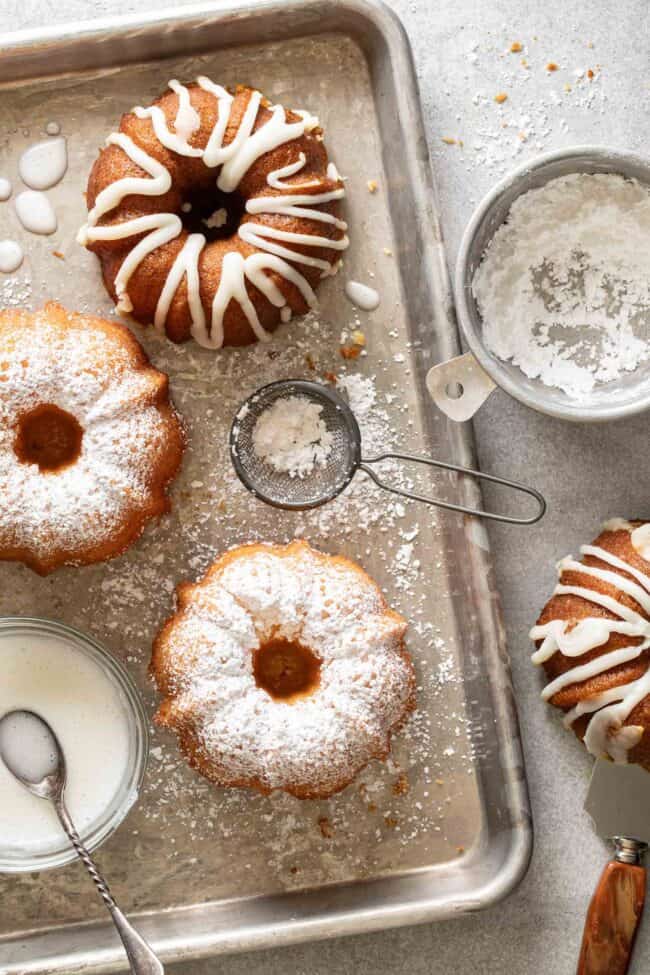How Many Tablespoons in a Cup
Need to know How Many Tablespoons in a Cup? Here’s everything you need to know about how to convert tablespoons to cups (tbsp to cup) or cups to tablespoons (cup to tbsp). What is a tablespoon (T) and what is a cup (C)? I’ve also provided you with an easy conversion chart below to help you memorize these conversions.

Being successful in the kitchen requires the accurate measurement of ingredients. When following recipes to make a meal, you might be able to eyeball the amount of herbs and spices and other simple ingredients, but if you add too much or too little of an ingredient, the outcome of your recipe might not be what you had hoped for. Knowing how many tablespoons in a cup is a helpful measurement conversion to have memorized for achieving success in the kitchen.
How Many Tablespoons Are In A Cup?
There are 16 tablespoons in 1 cup
- 1/4 cup = 4 tablespoons
- 1/3 cup = 5 tablespoons plus 1 teaspoon
- 1/2 cup = 8 tablespoons
- 3/4 cup = 12 tablespoons
- 1 cup = 16 tablespoons
Tablespoon To Cup Conversion Chart
It’s helpful to know some simple kitchen conversions when you’re needing to adjust a recipe whether its to double it or cut the amount in half. Knowing these simple conversions will help you adjust measurements in a recipe so you can achieve the desired result.
What Is A Tablespoon
A tablespoon is a US volume unit and is a common measurement of dry ingredients used in cooking and baking. Tablespoon is commonly abbreviated in recipes as “tbsp” or “tbs”. You can use a measuring spoon to measure ingredients such as baking powder or soda, salt, dried herbs and spices. A measuring spoon can also be used to measure liquids such as vanilla extract, mustard, mayonnaise, honey and maple syrup. 1 US tablespoon = 1/16 cup (which is 0.5 fluid ounces and 15 milliliters).
Technically a tablespoon is neither a Imperial or Metric measurement
What Is A Measuring Cup
There are two different types of measuring cups – liquid and dry. Liquid measures volume and US fluid ounces and dry measures weight. The differences of the two are minor, but it matters which one you use.
Dry Measuring Cups
Dry measuring cups are used to measure dry ingredients like flour, chocolate chips, nuts, beans, rice and oats. One dry measuring cup equals the same amount as one liquid measuring cup. When using a dry measuring cup, it’s customary to fill it to the brim (with say flour or sugar) then level off the top by using the back of a knife. For instance, when measuring flour, you would lightly spoon the flour into a dry measuring cup and fill it to the brim, then level the top evenly by taking the back of a knife (or some other flat edge) and scraping off the excess flour from the top. There are different methods for filling a dry measuring cup, such as scooping sifting and spooning. A properly measured dry cup of flour, sugar or oats should have a flat surface that is even with the brim.
When measuring foods that aren’t dry nor are they purely liquid, such as mayonnaise, yogurt, or sour cream, you could still use the dry ingredient measuring cup and level the top evenly with the top by using the back of a knife or another strait edge. If your recipe calls for your ingredients in measurements in ounces or pounds, such as flour, chocolate chips or nuts, you would need to use a kitchen scale to measure the exact weight of the ingredient. As an example, one cup of flour weighs more than one cup of nuts or chocolate chips.
Liquid Measuring Cups
Liquid measuring cups are used to measure liquid ingredients like olive oil, milk and broth. You would place your liquid measuring cup on a flat surface, and pour the liquid even with the measuring line. Squat down to eye level to make sure your measurement is precise. If a recipe calls out for one ounce of a liquid, you would measure it in your glass liquid measuring cup. Liquid measuring cups that hold 1 cup of liquid means they hold 8 fluid ounces. The weight of dry measurements vary, so you can’t rely on the same conversion as you can for the liquid measurements.
The US Customary System
What is the U.S. Customary System? It’s short for the United States Customary System, which is a system of weights and measures used in the United States and some other countries. This system includes units for measuring length (inches, feet, yards and miles), weight (ounce, pound, ton), and capacity (teaspoons, tablespoon, cups, pints, quarts, gallons).
- One (1) US Cup = 236,588 ml
- One (1) US Cup – 16 US tablespoons (Tbsp)
- 1 US Cup – 15.77 metric tablespoons (UK & international)
The US Legal Cup
This is another definition of a cup used in the United States. It’s called the US legal cup which is used mainly for nutrition labeling by the FDA based on United States laws and it is customarily used for cooking measurements.
- 1 US cup = 240 mL
Imperial (US) System vs Metric System
The United States uses the Imperial System for measurements, where most countries like the United Kingdom, Australia, Canada have adopted the metric system using measurements like grams, meters, liters, kilograms and kilometers. There aren’t significant differences in volume between the Imperial (US) and Metric measuring systems. You can easily use US teaspoons and tablespoons for metric measurements if a recipe is written using the Metric system.
- One (1) US tablespoon (Imperial tablespoon) = 1/2 fluid ounce (14.79 milliliters) and a Metric tablespoon = precisely 15 milliliters.
- One (1) US teaspoon (Imperial teaspoon) = 1/6 fluid ounce (4.93 milliliters) and One (1) Metric teaspoon = precisely 5 milliliters




